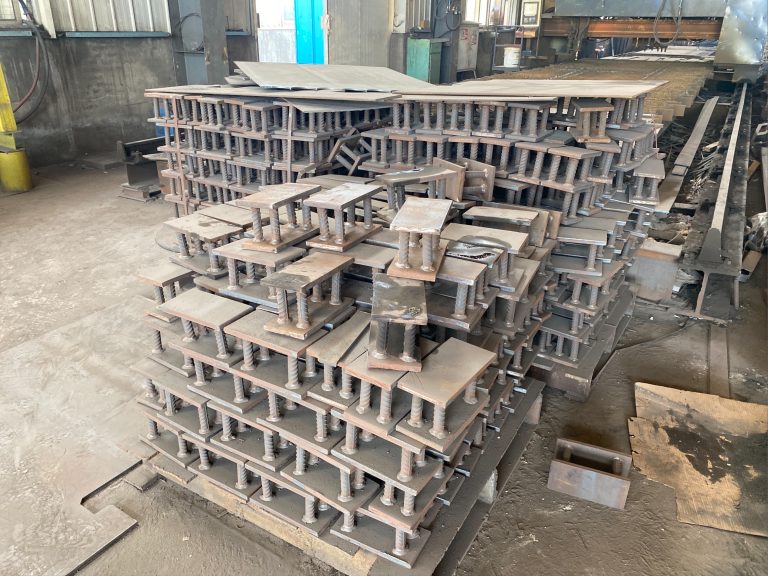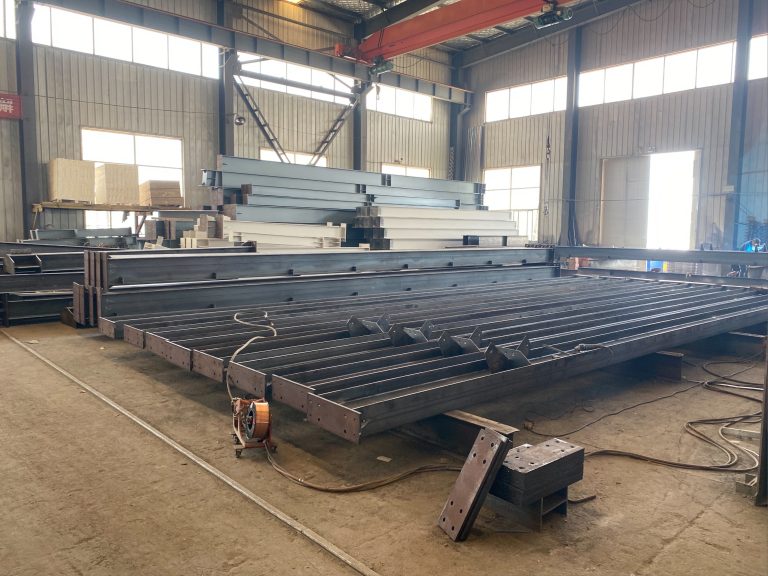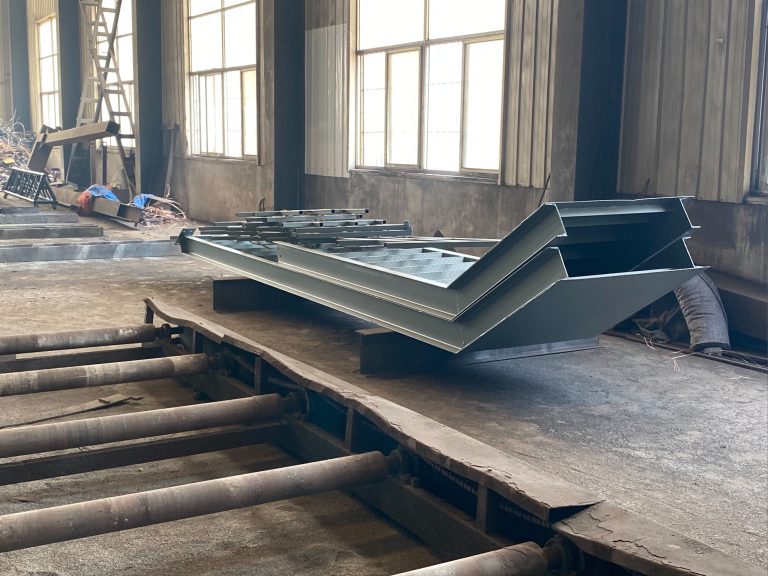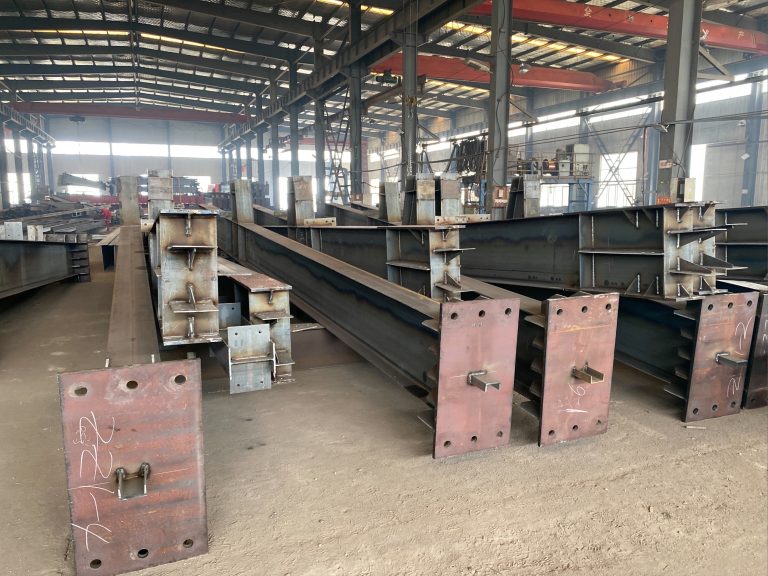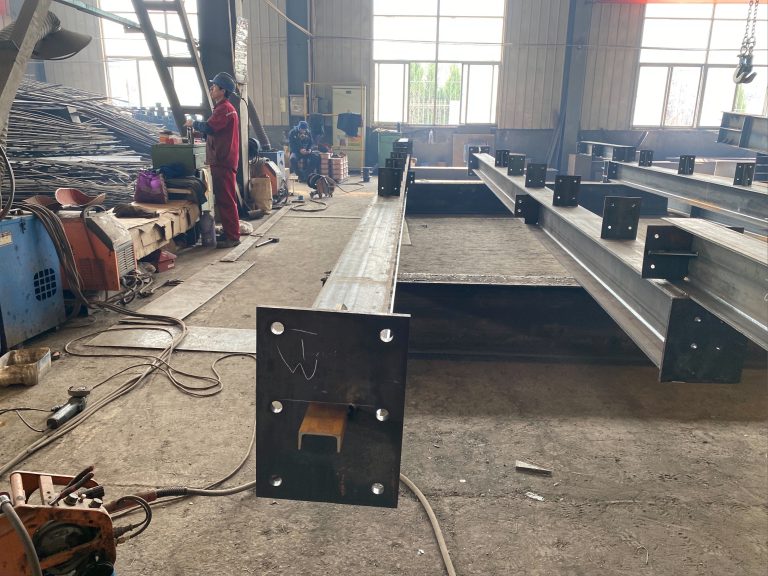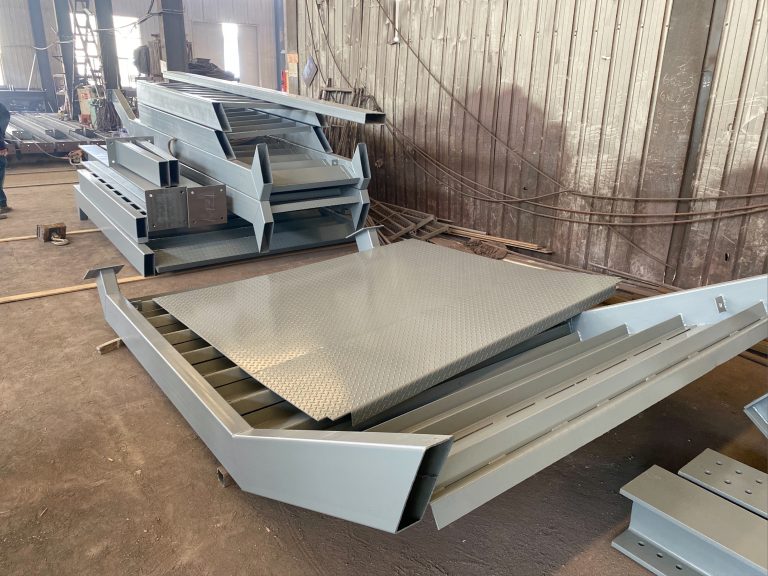The solution of steel structure in the construction industry to cope with resource shortage and environmental pressure
Table of Contents
Sustainable Practices in Steel Structure Construction
The construction industry is facing increasing challenges due to resource shortages and environmental pressures. As the demand for new buildings and infrastructure continues to grow, there is a need for sustainable practices to be implemented in order to mitigate the impact on the environment. One solution that has gained traction in recent years is the use of steel structures in construction projects.
Steel is a versatile and durable material that is well-suited for a wide range of construction applications. It is also highly recyclable, with a recycling rate of over 90% in many countries. This makes steel an attractive option for builders looking to reduce their environmental footprint and conserve valuable resources.
One of the key advantages of steel structures is their ability to be prefabricated off-site and then assembled on-site. This can help to reduce construction time and waste, as well as minimize disruption to the surrounding environment. Prefabrication also allows for greater precision and quality control, resulting in a more efficient and cost-effective construction process.
In addition to its environmental benefits, steel structures are also highly resilient and can withstand extreme weather conditions and natural disasters. This makes them an ideal choice for buildings in areas prone to earthquakes, hurricanes, and other hazards. Steel structures are also fire-resistant, which can help to improve the safety and longevity of a building.
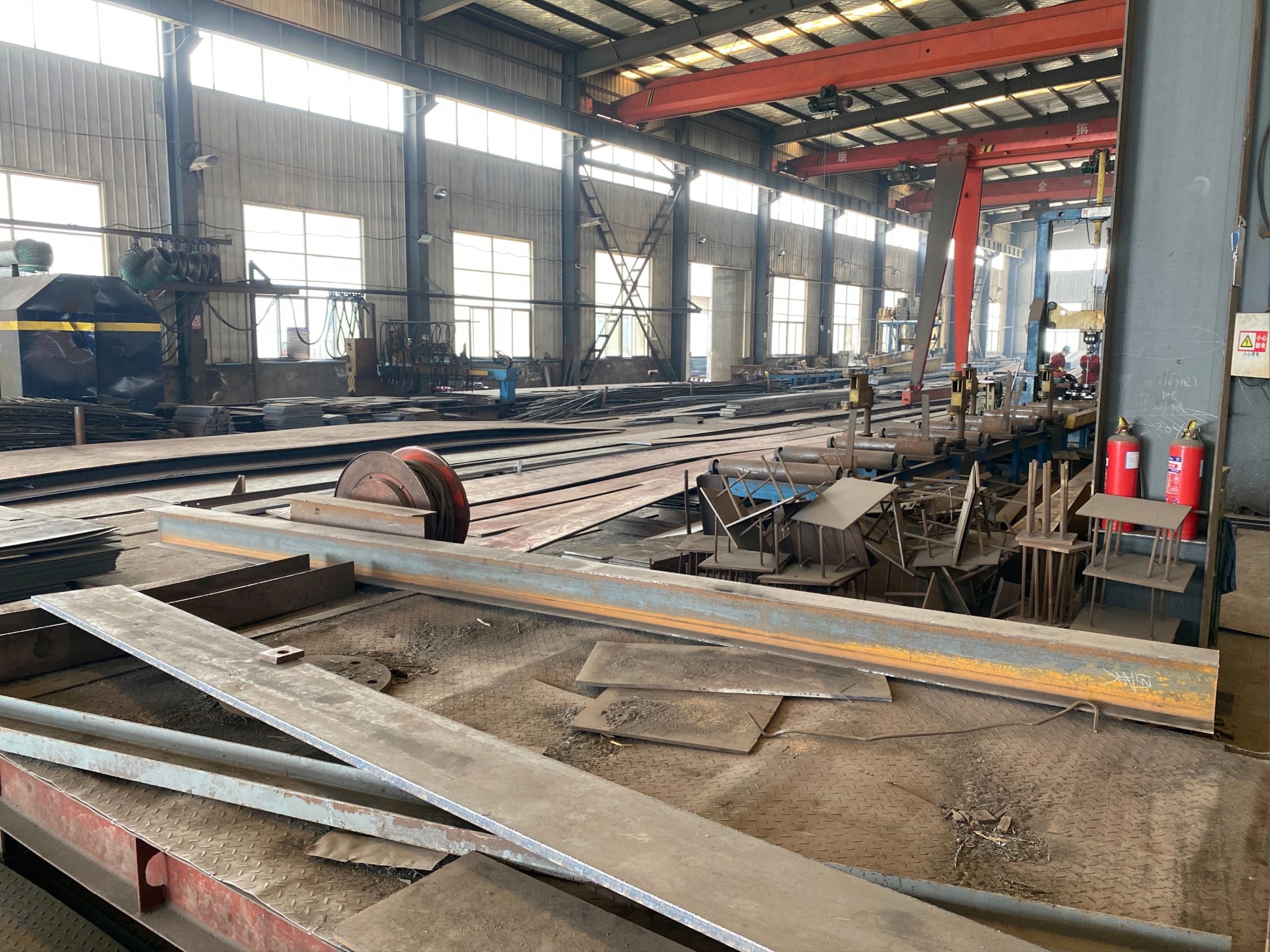
Another advantage of steel structures is their flexibility and adaptability. Steel can be easily modified or expanded to accommodate changing needs or requirements. This can help to future-proof a building and ensure that it remains functional and relevant for years to come.
Despite these advantages, there are still challenges to be overcome in the use of steel structures in construction. One of the main obstacles is the high energy consumption and carbon emissions associated with steel production. However, advances in technology and processes have helped to reduce the environmental impact of steel manufacturing, making it a more sustainable option for builders.
In order to further improve the sustainability of steel structures, it is important for builders to consider the entire lifecycle of the material. This includes sourcing steel from responsible suppliers, optimizing design to minimize waste, and implementing efficient construction practices. By taking a holistic approach to steel structure construction, builders can maximize the environmental and economic benefits of this versatile material.
In conclusion, steel structures offer a sustainable solution to the resource shortages and environmental pressures facing the construction industry. With their durability, recyclability, and flexibility, steel structures are well-suited to meet the demands of modern construction projects. By adopting sustainable practices and embracing the benefits of steel, builders can help to create a more resilient and environmentally-friendly built environment for future generations.
Innovative Technologies for Resource Efficiency in Steel Structure Manufacturing
The construction industry is facing increasing challenges due to resource shortages and environmental pressures. As the demand for new buildings and infrastructure continues to grow, the need for innovative solutions to address these issues becomes more urgent. One such solution is the use of steel structures in construction projects.
Steel structures offer a number of advantages over traditional building materials such as concrete and wood. They are lightweight, durable, and can be easily recycled at the end of their lifespan. This makes them a more sustainable option for construction projects, as they help to reduce the overall environmental impact of the building process.
In addition to their environmental benefits, steel structures also offer a number of practical advantages for construction projects. They can be prefabricated off-site, which helps to reduce construction time and costs. This is especially important in urban areas where space is limited and construction schedules are tight.
Furthermore, steel structures are highly versatile and can be used in a wide range of building types, from skyscrapers to bridges to industrial facilities. This flexibility makes them an attractive option for architects and engineers looking to push the boundaries of design and construction.
One of the key challenges facing the steel industry is the availability of resources. Steel is made from iron ore, which is a non-renewable resource that is becoming increasingly scarce. In order to address this issue, the steel industry is investing in new technologies to improve resource efficiency and reduce waste.
One such technology is the use of recycled steel in the manufacturing process. By melting down scrap steel and reusing it in new construction projects, the industry is able to reduce its reliance on virgin materials and minimize its environmental impact. This not only helps to conserve resources but also reduces the carbon footprint of steel production.
Another innovative technology being used in the steel industry is the development of high-strength steel alloys. These alloys are stronger and lighter than traditional steel, allowing for the construction of taller and more complex structures with less material. This not only reduces the overall weight of the building but also helps to improve its structural integrity and longevity.
In addition to these technological advancements, the steel industry is also exploring new ways to improve the efficiency of its manufacturing processes. This includes the use of automation and robotics to streamline production and reduce waste. By investing in these technologies, steel manufacturers are able to produce more steel with fewer resources, helping to meet the growing demand for construction materials while minimizing their environmental impact.
Overall, the use of steel structures in the construction industry offers a sustainable solution to the challenges of resource scarcity and environmental pressure. By investing in innovative technologies and improving resource efficiency, the steel industry is able to meet the demands of a growing market while minimizing its impact on the environment. As the industry continues to evolve, we can expect to see even more advancements in steel structure manufacturing that will further enhance its sustainability and versatility in construction projects.

